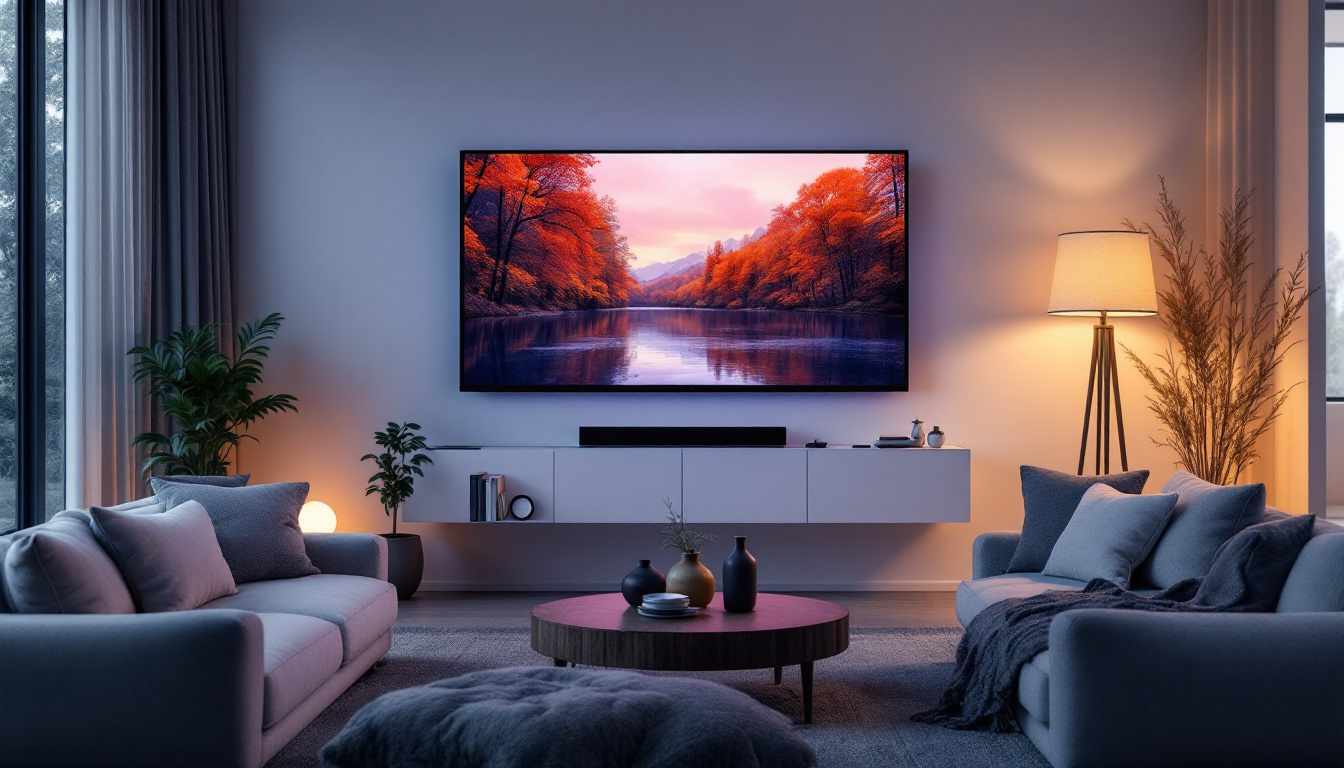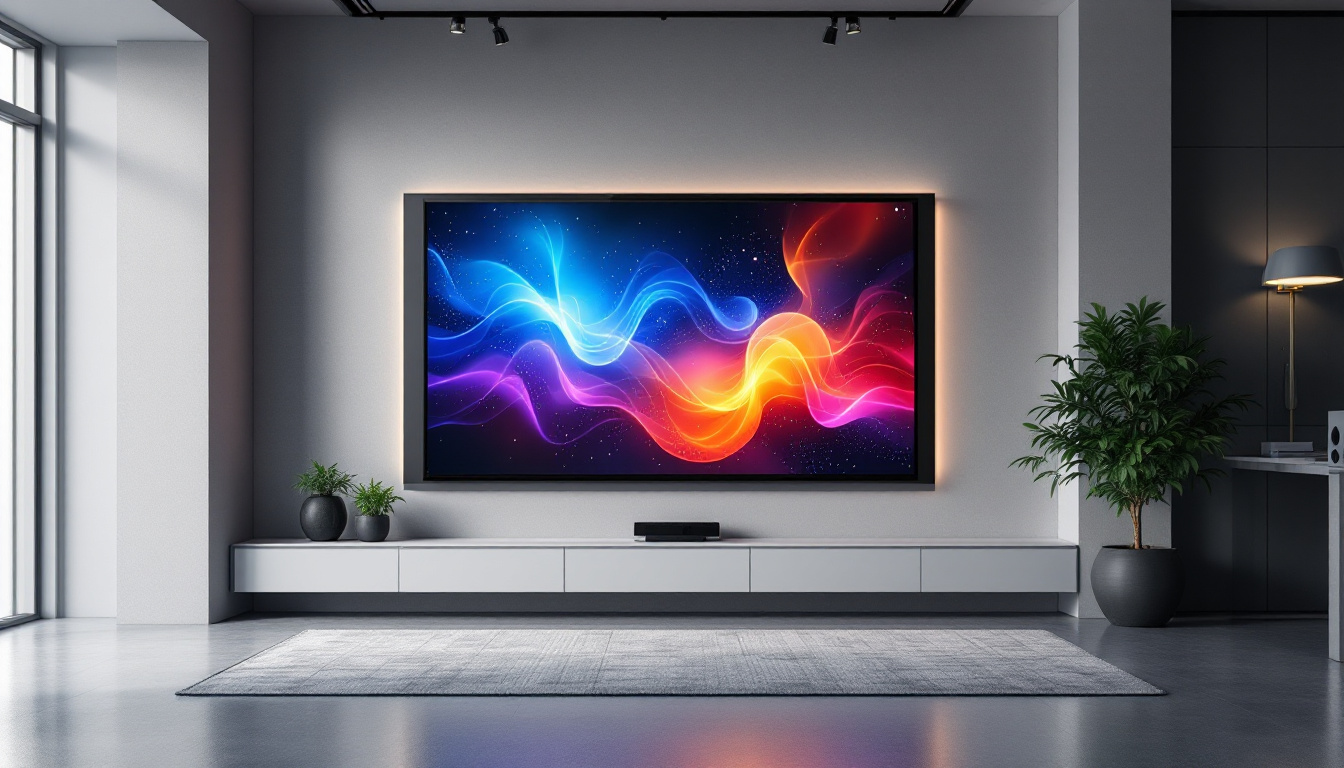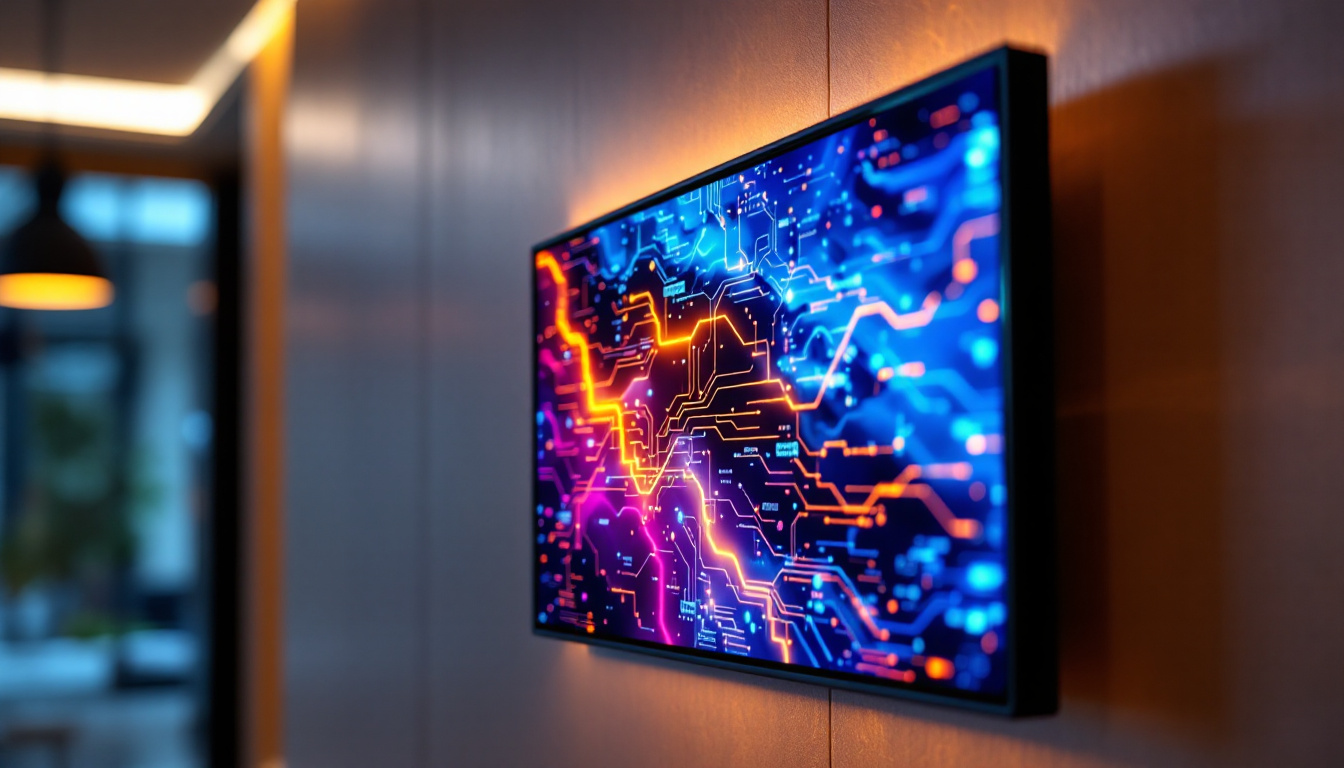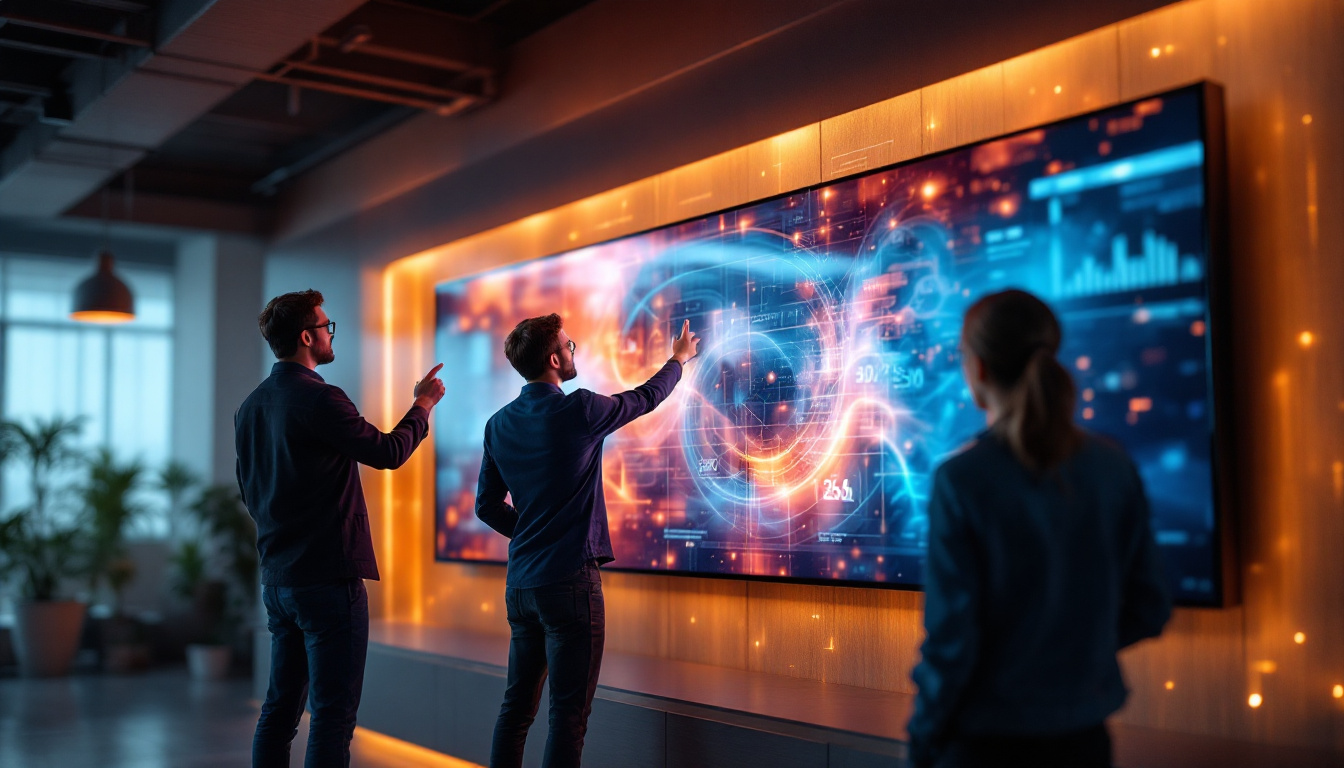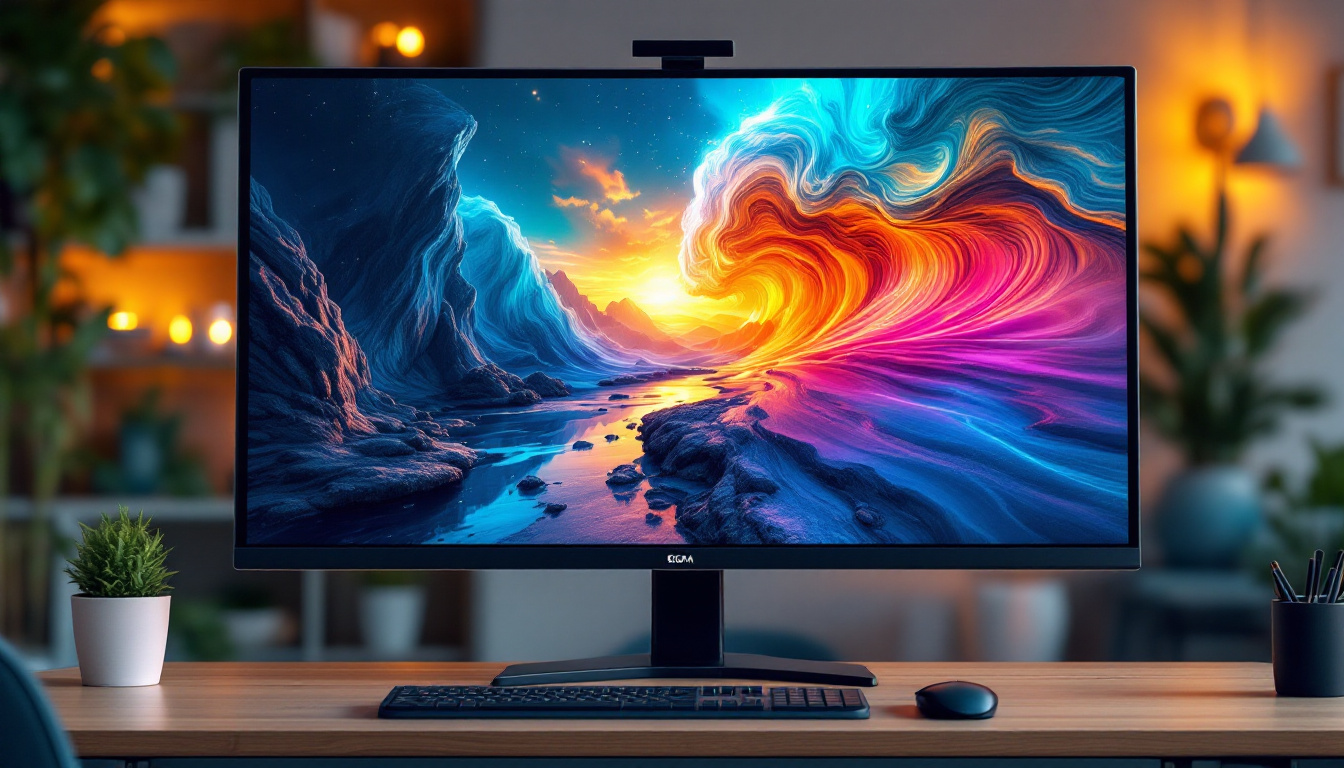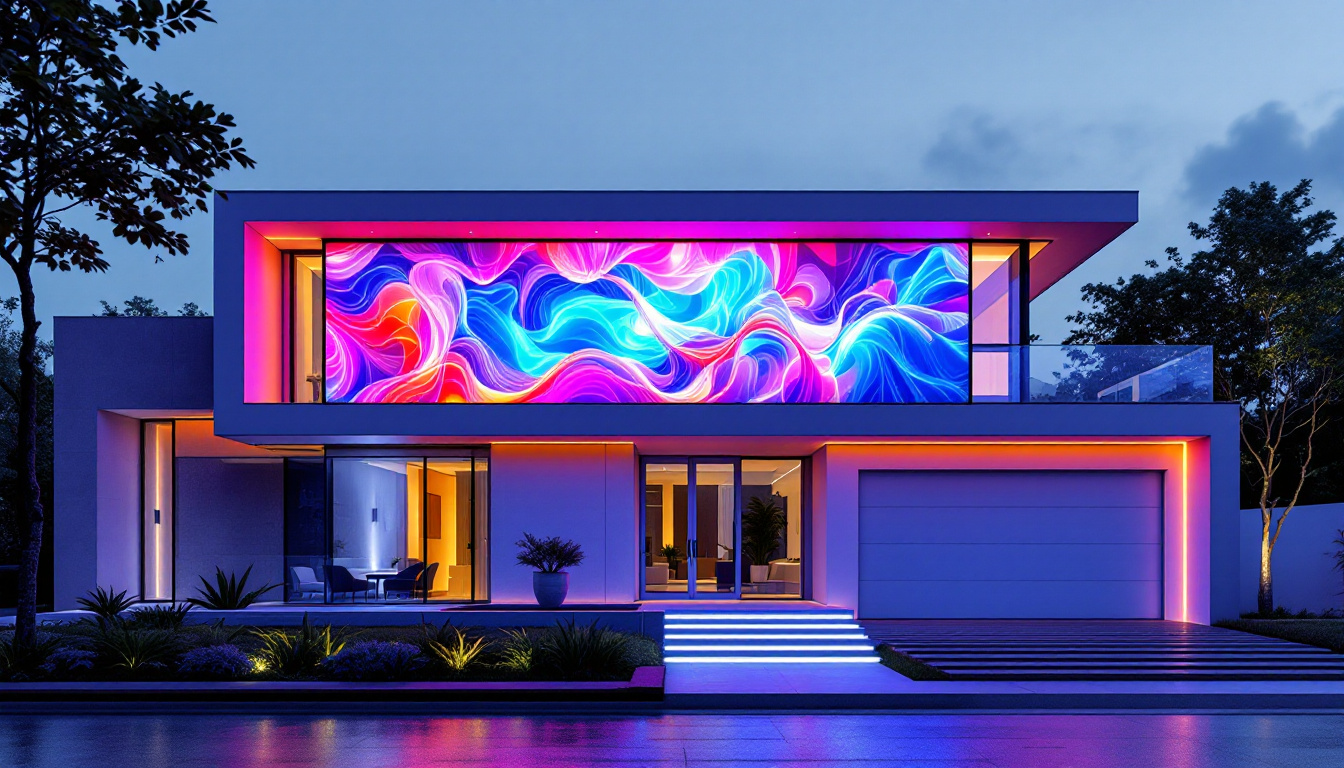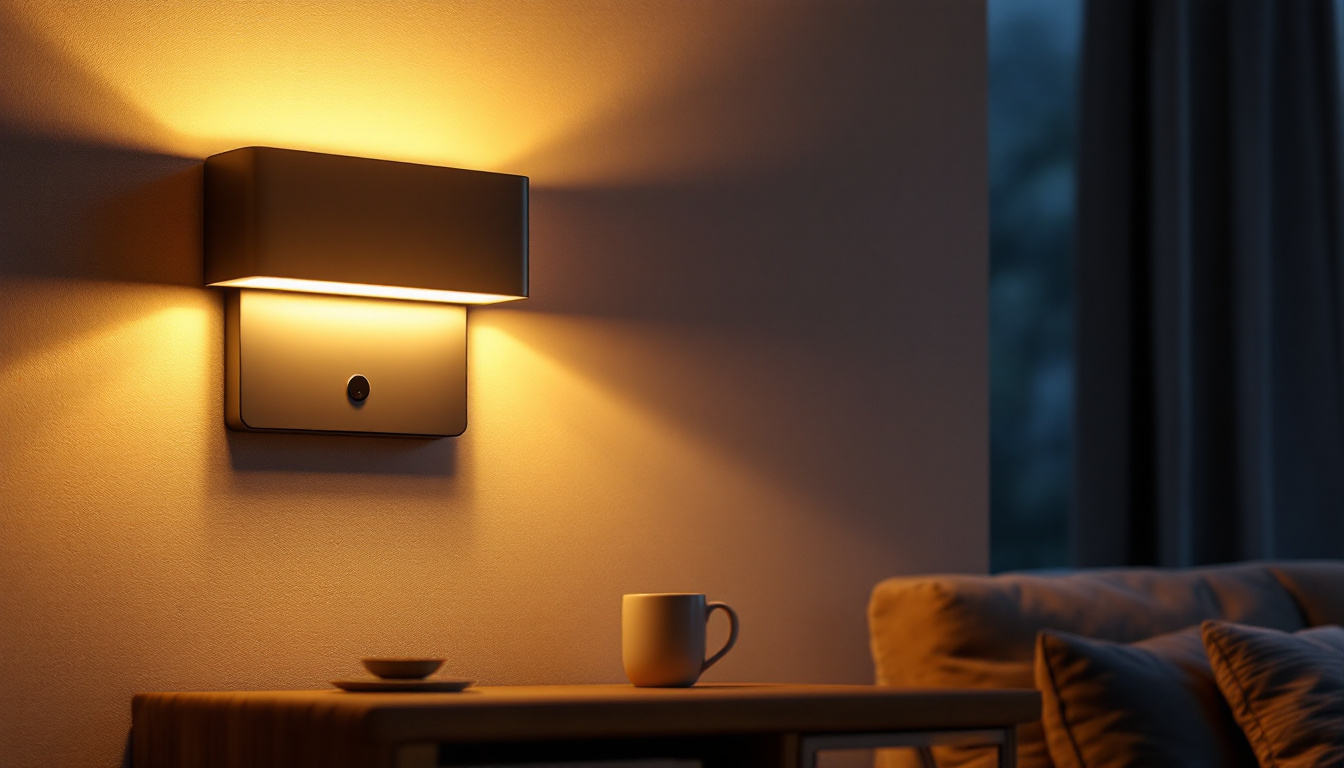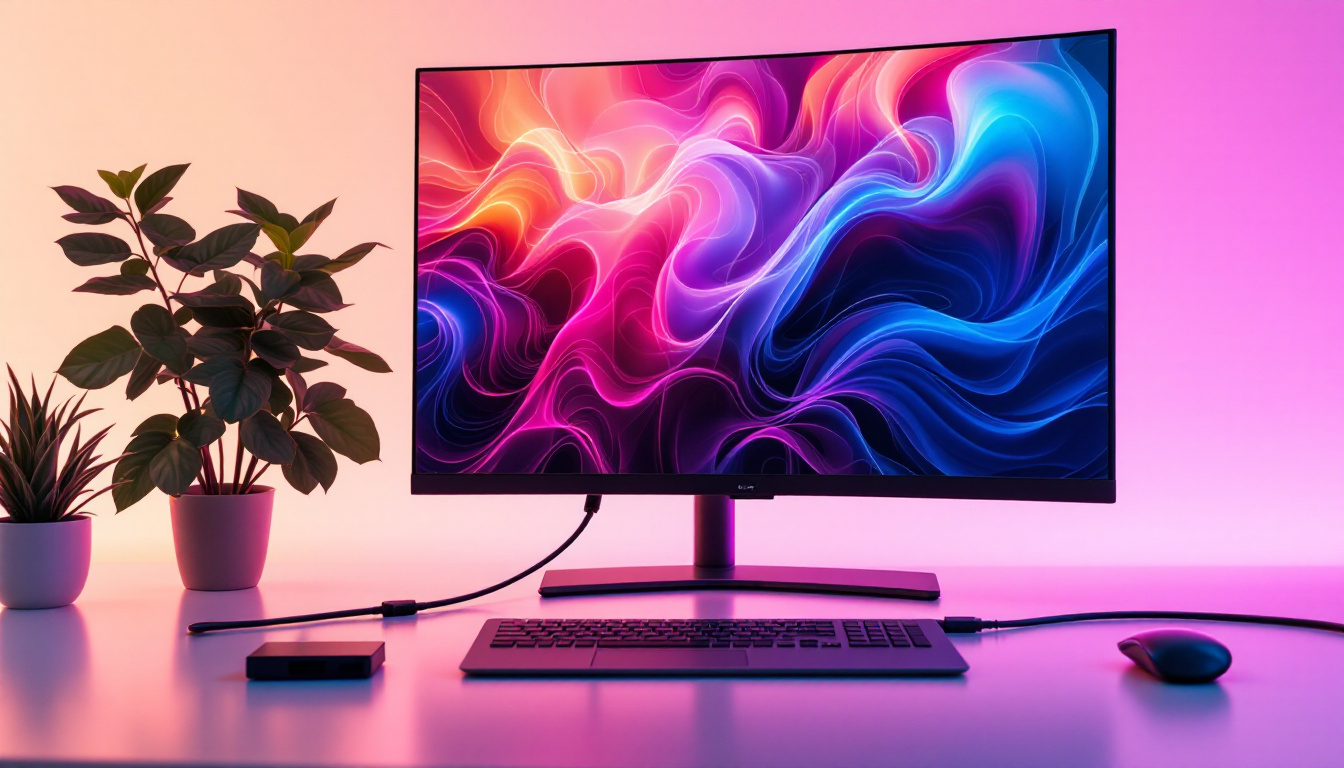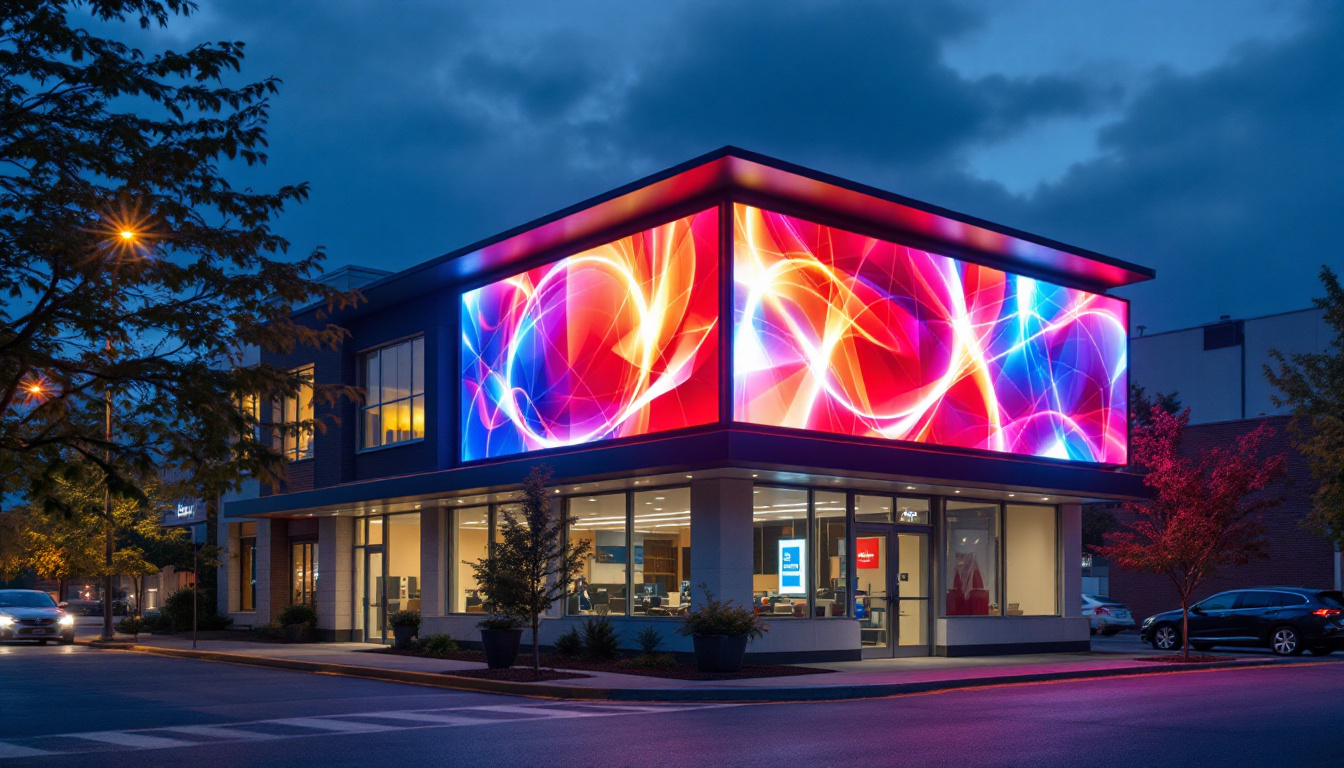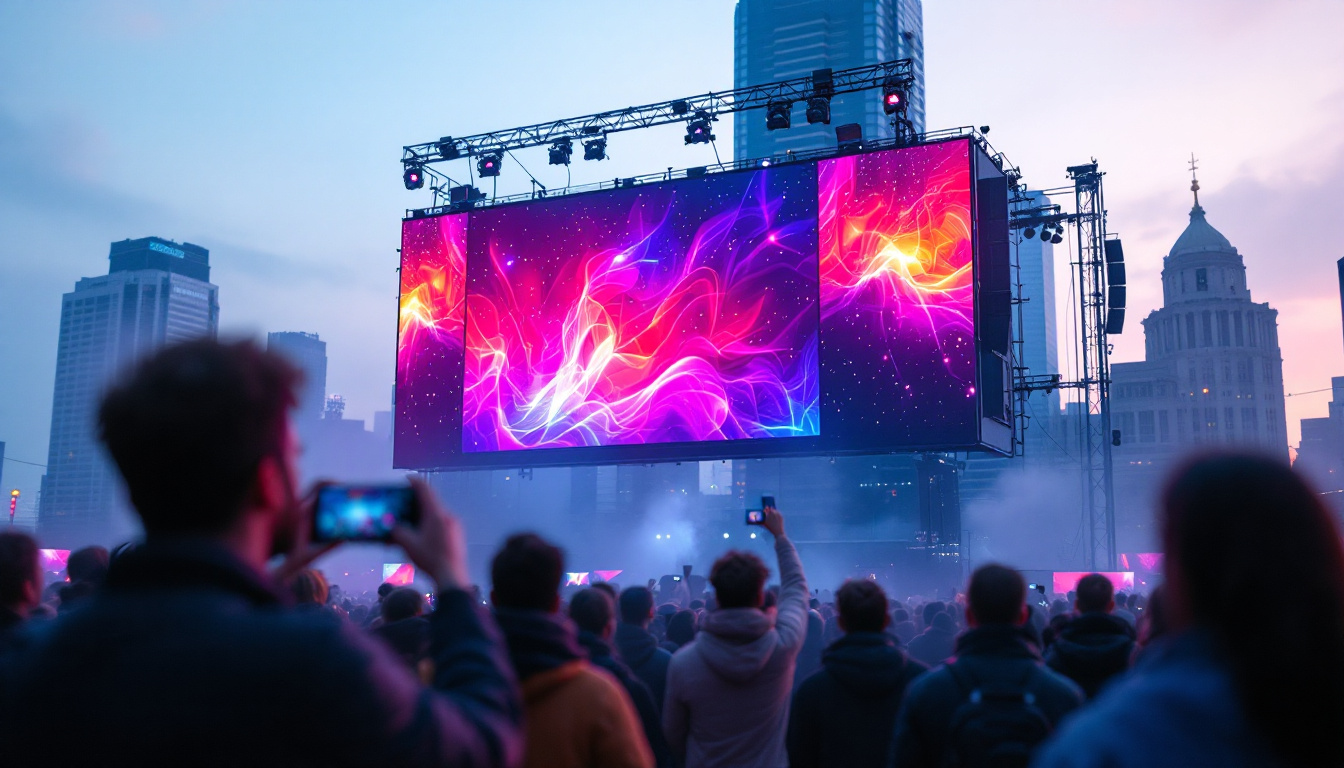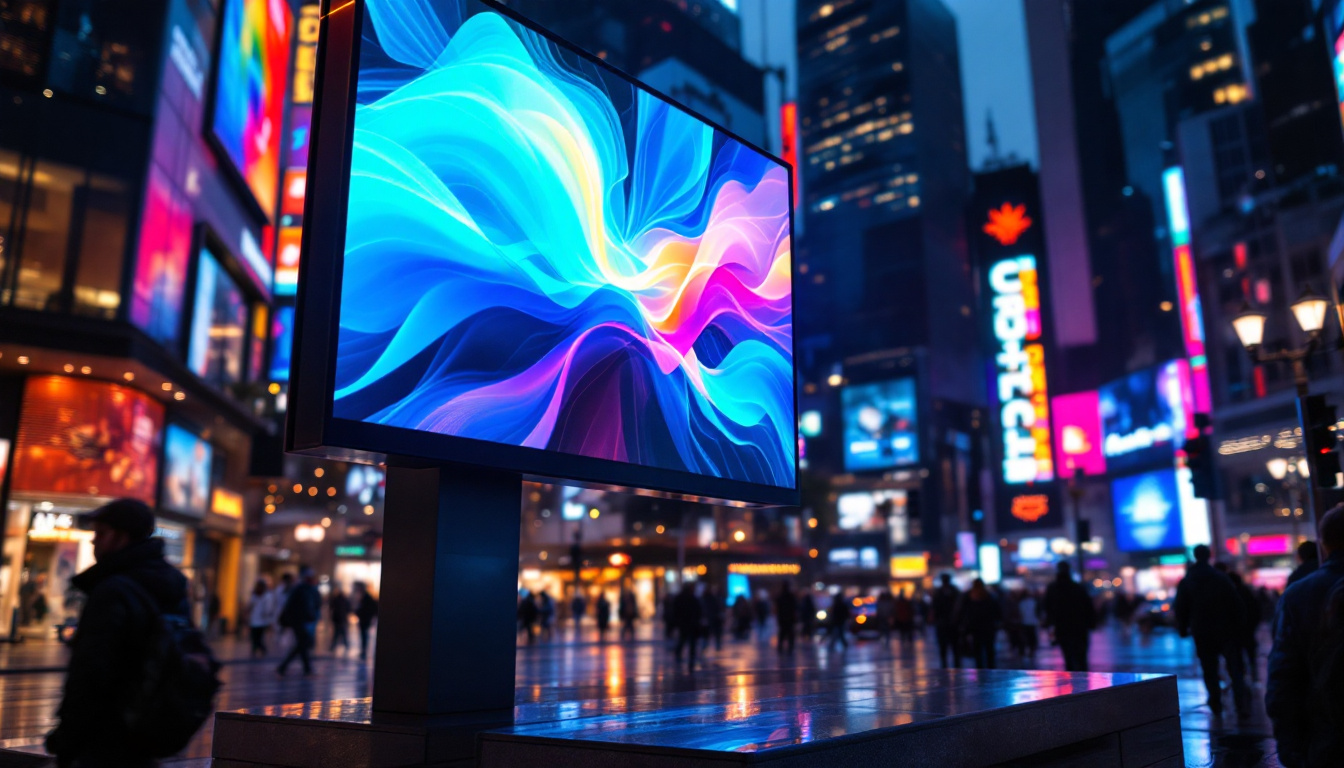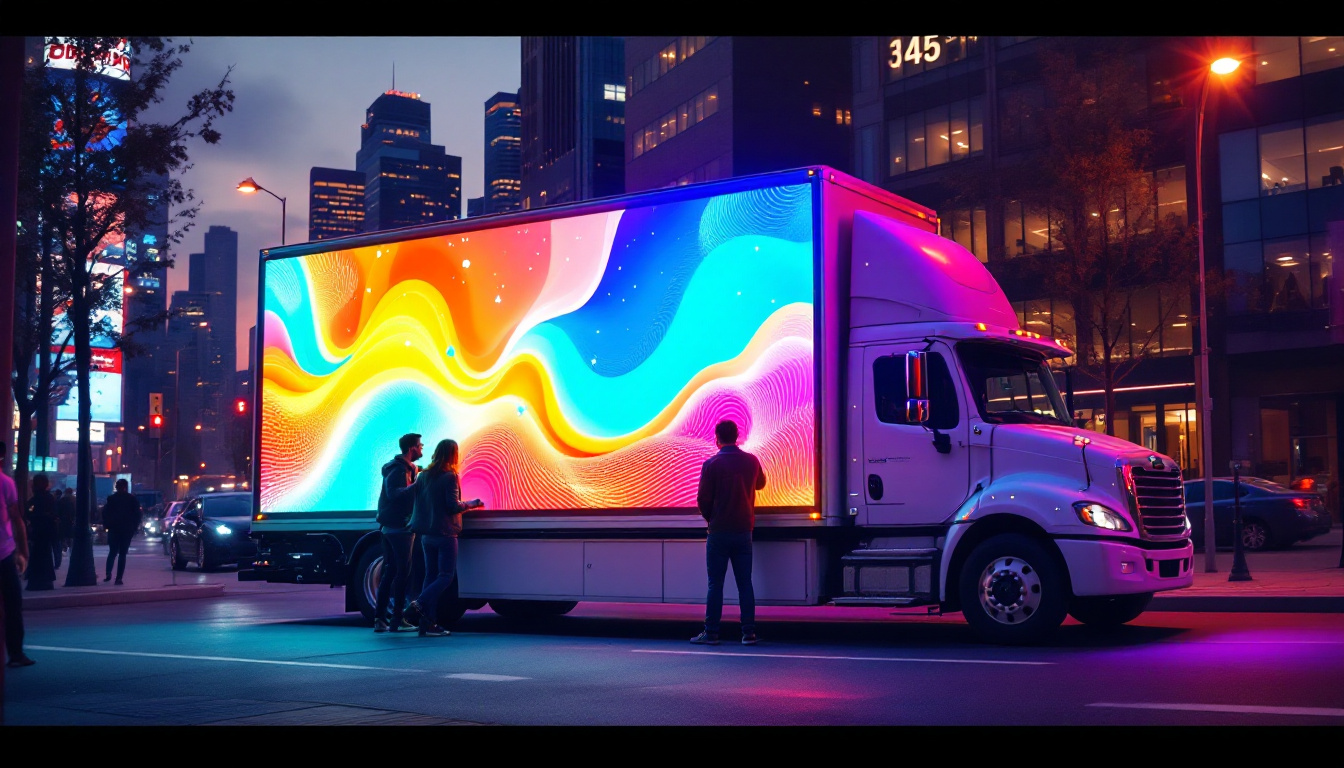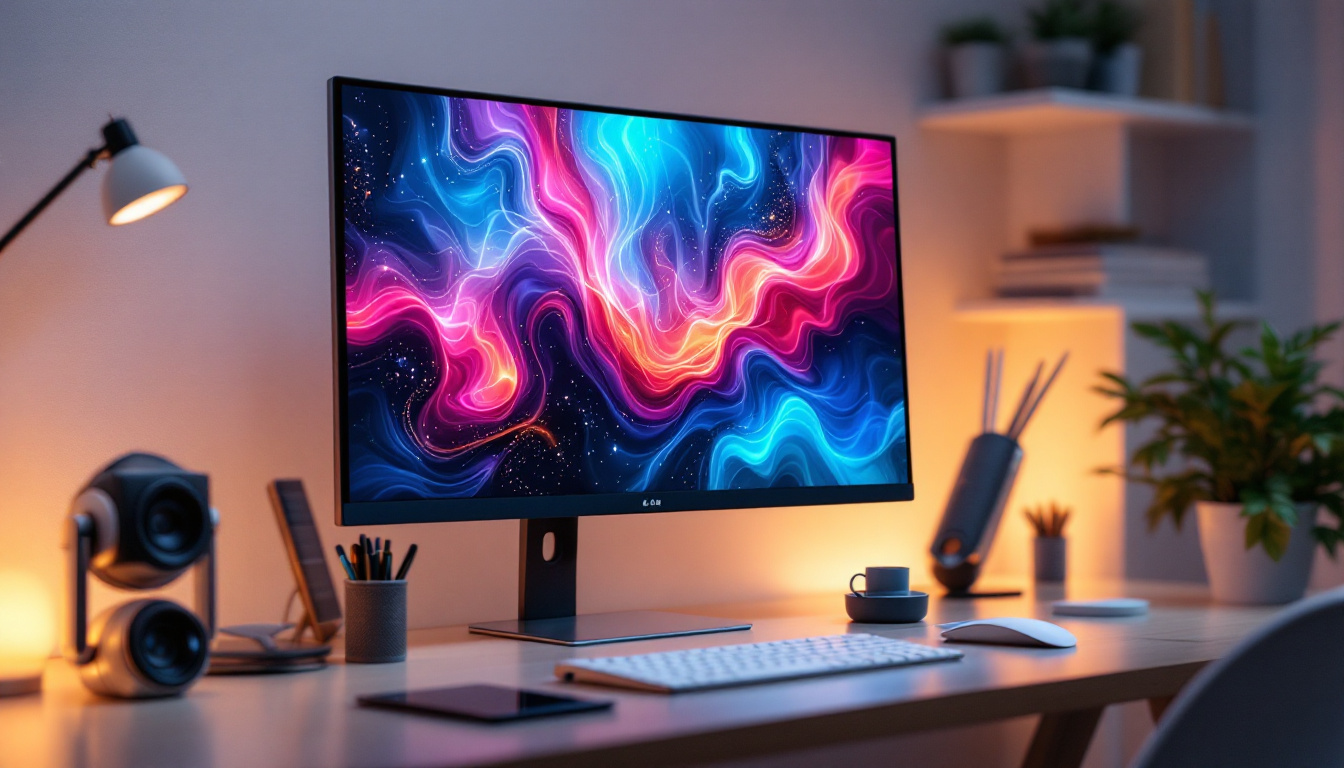In today’s digital age, LED displays have become a staple in both residential and commercial settings. The sleek design and vibrant colors of LED screens make them an attractive choice for anyone looking to upgrade their viewing experience. However, the way these displays are mounted can significantly impact their performance and longevity. This article delves into the intricacies of TV wall support systems, focusing on LED displays and how to choose the right support for your needs.
Understanding LED Displays
LED displays, or Light Emitting Diode displays, are known for their energy efficiency and bright, vivid colors. They have largely replaced traditional LCD and plasma screens due to their superior performance. Understanding the technology behind LED displays is crucial for anyone considering a wall-mounted setup.
How LED Displays Work
At the core of an LED display are tiny diodes that emit light when an electric current passes through them. These diodes come in various colors, and when combined, they create the full spectrum of colors visible on the screen. The arrangement and density of these diodes can affect the display’s resolution and overall picture quality.
Unlike traditional displays that require a backlight, LED displays can produce light directly from the diodes, resulting in deeper blacks and more vibrant colors. This technology not only enhances the viewing experience but also contributes to energy savings, making LED displays a popular choice for environmentally conscious consumers. Furthermore, advancements in LED technology, such as the development of organic LEDs (OLEDs), have introduced even more possibilities for contrast and color accuracy, allowing for a more immersive viewing experience.
Benefits of LED Displays
LED displays offer numerous advantages over other types of screens. One primary benefit is their energy efficiency. They consume less power, which can lead to significant savings on electricity bills, especially in commercial settings where screens are used for extended periods.
Another advantage is their longevity. LED displays typically have a lifespan of over 50,000 hours, which means they can last for years without needing replacement. This durability makes them an ideal choice for both home entertainment systems and professional installations. Additionally, the lightweight nature of LED displays allows for easier installation and mounting, making them a preferred option for digital signage in retail environments and public spaces. The flexibility in design also means they can be configured in various shapes and sizes, enabling creative installations that can capture attention and enhance branding efforts.
Choosing the Right TV Wall Support
When it comes to mounting an LED display, selecting the right wall support is essential. The support system not only ensures the safety of the display but also enhances the viewing experience. Various types of wall mounts are available, each designed for specific needs and preferences.
Types of Wall Mounts
There are three primary types of wall mounts for LED displays: fixed mounts, tilting mounts, and full-motion mounts. Each type has its unique features and benefits, making it important to understand their differences before making a decision.
A fixed mount is the simplest option, holding the TV flat against the wall. This type is ideal for viewers who have a designated seating area directly in front of the screen. Fixed mounts are often the most affordable and easiest to install, making them a popular choice for many households. Furthermore, they provide a sleek and modern look, allowing the TV to blend seamlessly into the room’s decor without any protruding parts.
Tilting mounts, on the other hand, allow for a slight angle adjustment, which can be beneficial in reducing glare from windows or overhead lights. This feature is particularly useful in rooms with high ceilings or where the seating arrangement is not directly in line with the screen. Additionally, tilting mounts can help improve the overall ergonomics of viewing, making it more comfortable for viewers who may be seated at different heights or angles.
Full-motion mounts provide the most flexibility, allowing users to swivel and extend the display away from the wall. This type is perfect for larger rooms or multi-purpose spaces where viewing angles may vary. However, full-motion mounts tend to be more expensive and require more complex installation. They are particularly advantageous in homes where the TV may need to be viewed from multiple areas, such as a kitchen or an open-concept living space, ensuring that everyone can enjoy their favorite shows without straining their necks.
Weight and Size Considerations
When selecting a wall mount, it is crucial to consider the weight and size of the LED display. Each mount has a specified weight limit, and exceeding this limit can result in damage to both the mount and the display. Additionally, the size of the TV must be compatible with the mount, as some mounts are designed for specific screen sizes.
Most manufacturers provide guidelines for the appropriate mount based on the TV’s dimensions and weight. It is advisable to follow these recommendations closely to ensure a secure and stable installation. Moreover, it’s important to consider the wall material where the mount will be installed; for example, drywall may require additional reinforcement, while concrete walls can often support heavier mounts without issue. Proper installation not only secures the TV but also contributes to the longevity of the setup, preventing potential accidents that could arise from improper mounting.
Additionally, many modern mounts come equipped with cable management systems, which help to keep wires organized and out of sight. This feature not only enhances the aesthetic appeal of the installation but also minimizes the risk of tripping hazards and damage to cables. By choosing a wall mount that incorporates these thoughtful design elements, you can create a clean and professional-looking entertainment area that is both functional and visually pleasing.
Installation Process
Installing a TV wall support system can be a straightforward process, but it requires careful planning and execution. Proper installation not only ensures the safety of the display but also maximizes the viewing experience.
Tools Required
Before beginning the installation, gather the necessary tools. Common tools include a stud finder, level, drill, screwdriver, and measuring tape. Having these tools on hand will streamline the installation process and help avoid any potential issues.
It is also essential to read the manufacturer’s instructions that come with the wall mount. These guidelines will provide specific details on the installation process and any additional tools that may be required.
Step-by-Step Installation
The installation process generally involves several key steps:
- Find the studs: Use a stud finder to locate the wooden or metal studs in the wall. Mounting the TV on studs ensures that it is securely anchored.
- Mark the position: Once the studs are located, use a pencil to mark where the mount will be installed. Ensure that the mount is level and at the appropriate height for viewing.
- Attach the mount: Follow the manufacturer’s instructions to attach the mount to the wall. Use a drill to secure the mount with screws, ensuring it is firmly in place.
- Attach the TV: With the help of a partner, lift the LED display and attach it to the wall mount. Make sure it is securely locked in place.
- Connect cables: Finally, connect any necessary cables, such as power and HDMI cables, ensuring they are neatly arranged to avoid clutter.
Safety Considerations
Safety is paramount when it comes to mounting an LED display. A poorly installed TV can pose serious risks, including damage to the screen and injury to individuals nearby. Therefore, it is essential to follow safety guidelines throughout the installation process.
Weight Distribution
Ensure that the weight of the TV is evenly distributed across the mount. This can prevent the mount from becoming loose over time and reduce the risk of the TV falling. Always adhere to the weight limits specified by the mount manufacturer.
Secure Cables
Loose cables can create tripping hazards and may lead to accidental disconnections. Using cable management solutions, such as clips or raceways, can help keep cables organized and secure. This not only enhances safety but also contributes to a cleaner appearance.
Maintenance of LED Displays
Once the LED display is mounted, regular maintenance is essential to ensure optimal performance and longevity. Simple cleaning and care routines can significantly enhance the viewing experience.
Cleaning the Screen
Dust and fingerprints can accumulate on the surface of the LED display, affecting picture quality. To clean the screen, use a microfiber cloth and a gentle cleaning solution specifically designed for electronics. Avoid using harsh chemicals or abrasive materials, as these can damage the screen.
It is advisable to clean the screen regularly, especially in high-traffic areas where dust and dirt can accumulate quickly. A clean screen not only looks better but also enhances the overall viewing experience.
Checking Connections
Periodically check the connections between the TV and any external devices, such as sound systems or streaming devices. Loose connections can lead to poor audio or video quality. Ensuring that all cables are securely connected will help maintain optimal performance.
Conclusion
In summary, understanding TV wall support systems for LED displays is crucial for anyone looking to enhance their viewing experience. From selecting the right mount to ensuring proper installation and maintenance, each step plays a vital role in maximizing the benefits of LED technology.
Whether for a home theater setup or a commercial display, investing time in choosing the right wall support and following safety guidelines will ensure a successful installation. With the right approach, LED displays can provide years of enjoyment and stunning visuals.
Explore Cutting-Edge LED Display Solutions
Ready to take your viewing experience to the next level with a wall-mounted LED display? LumenMatrix is at the forefront of LED display innovation, offering a wide range of solutions tailored to your needs. From captivating Indoor and Outdoor LED Wall Displays to dynamic Vehicle and Sports LED Displays, our products are designed to revolutionize visual communication. Discover the possibilities with our Custom, All-in-One, and Transparent LED Displays, and see how our technology can transform your space. Don’t just share your message—make an impact with clarity and engagement. Check out LumenMatrix LED Display Solutions today and elevate your brand visibility with our state-of-the-art displays.

